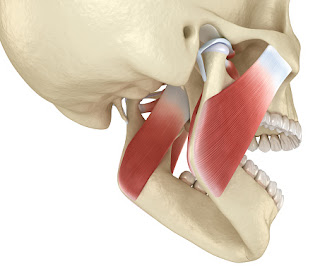Best Way To Treat Scoliosis
Scoliosis is a sideways curvature of the spine that occurs most often during the growth spurt just before puberty. While scoliosis can be caused by conditions such as cerebral palsy and muscular dystrophy, the cause of most scoliosis is unknown. About 3% of adolescents have scoliosis. Back pain is one of the main problems caused by scoliosis in adults, so scoliosis treatment is mainly aimed at pain relief. If the condition is not severe and is not causing any pain, treatment may not be needed.
Painkilling tablets may help relieve the pain that can be associated with scoliosis. NSAIDs, such as ibuprofen, are usually the first treatment recommended. These are available to buy from pharmacies and supermarkets without a prescription. But NSAIDs are not suitable for everyone, so check the box or leaflet to see whether you can take the medicine first. Speak to a pharmacist if you're not sure. See a GP if over-the-counter painkillers do not work. They may prescribe stronger painkillers or refer you to a specialist pain management clinic.
Severe scoliosis typically progresses with time, so your doctor might suggest scoliosis surgery to reduce the severity of the spinal curve and to prevent it from getting worse. The most common type of scoliosis surgery is called spinal fusion. In spinal fusion, surgeons connect two or more of the bones in the spine together, so they can't move independently. Pieces of bone or a bone-like material are placed between the vertebrae. Metal rods, hooks, screws or wires typically hold that part of the spine straight and still while the old and new bone material fuses together.
Activities that strengthen and stretch your back may help reduce your pain. Exercise can also help you maintain a healthy weight, which can reduce the strain on your back. It does not matter what type of exercise you choose – the important thing is to keep your back moving. Choose something you enjoy and are likely to be able to stick with.
Back braces are not often used in adults with scoliosis, but they can provide pain relief by supporting your spine. A brace may be considered as an alternative to surgery if you're not well enough to undergo an operation.
Although physical therapy exercises can't stop scoliosis, general exercise or participating in sports may have the benefit of improving overall health and well-being.
Alternative medicine
Studies indicate that the following treatments for scoliosis are ineffective:
Chiropractic manipulation
Electrical stimulation of muscles
Dietary supplements
How your condition is managed depends on your age, the type of scoliosis you have, the measurement of your back’s curve, and how it looks. For kids, the doctor will take into account how much more the patient is likely to grow.




Comments
Post a Comment